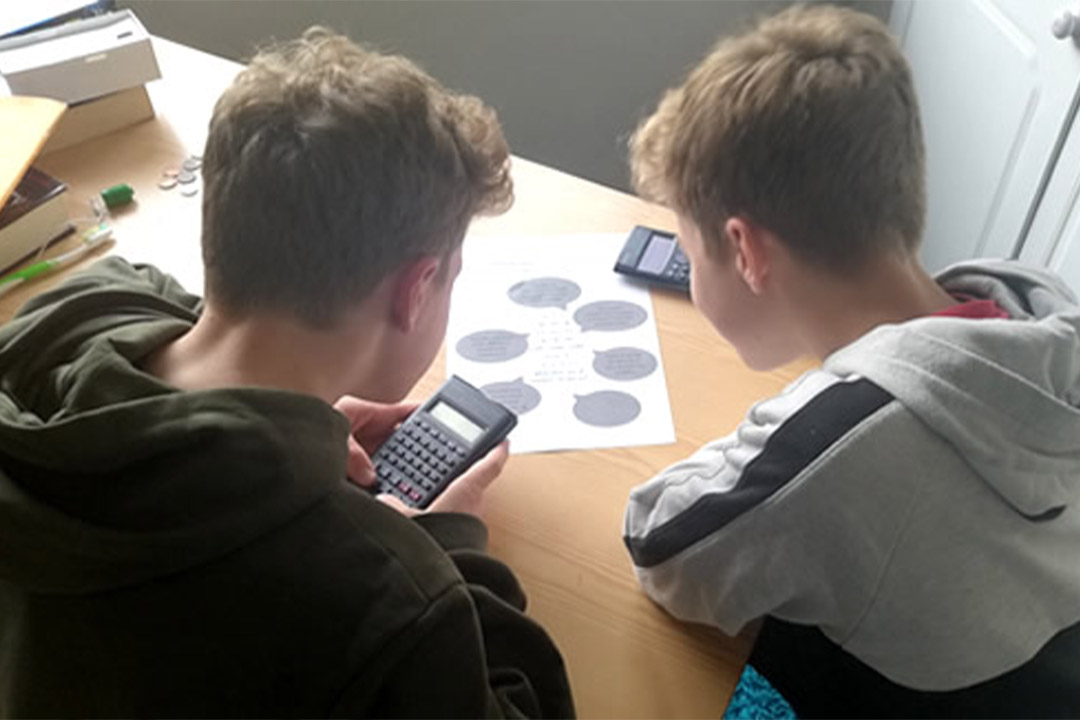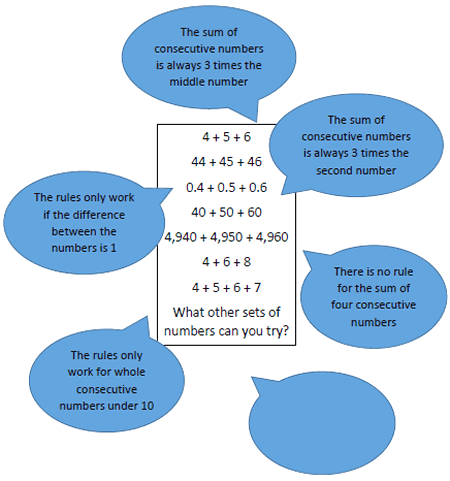Using calculators in Years 6 and 7
When should Year 6 and 7 teachers get the calculators out? And how might they use them?
02/05/2019

In June 2019, our partners MEI ran their first Calculator Crunch. The challenge aims to develop the calculator familiarity required to approach secondary school maths with confidence, for pupils in Years 6 and 7. Over 400 schools took part and MEI are planning to run it again in June 2020.
Here, we discuss why calculator skills are important, and why they may be overlooked in primary school. And we give details of how to get your pupils involved in the Calculator Crunch 2020!
Since 2013, calculators in primary schools have perhaps been gathering dust in the back of the Year 6 cupboard next to the tracing paper. No longer required in the end of KS2 SATs, their role in the primary classroom has become less prominent. This is no secret. The demands of the new primary curriculum mean it is no surprise that schools have taken the opportunity to drop this element.
Although the demands of the KS2 curriculum may have changed, there is still an expectation from secondary teachers that pupils are able to make effective use of calculators as they start Year 7.
The statements regarding calculators in both the KS2 and KS3 National Curriculum are similar:
Primary National Curriculum
Calculators should not be used as a substitute for good written and mental arithmetic. They should therefore only be introduced near the end of key stage 2 to support pupils’ conceptual understanding and exploration of more complex number problems, if written and mental arithmetic are secure. In both primary and secondary schools, teachers should use their judgement about when ICT tools should be used.
Key Stage 3 National Curriculum: maths
Calculators should not be used as a substitute for good written and mental arithmetic. In secondary schools, teachers should use their judgement about when ICT tools should be used.
Also:
Pupils should be taught to … use a calculator and other technologies to calculate results accurately and then interpret them appropriately.
‘Can’t I just use a calculator?’ is a frequently heard cry in many classrooms. So is the response: ‘Yes, but you still need to know what to ask the calculator to work out and what the answer means.’
It is important for pupils to understand that the calculator cannot replace their own understanding of calculation structures or their ability to estimate. Without understanding of calculation structure, they don’t always know what to ask a calculator to work out. Without good estimation skills, they can’t judge whether the answer it produces is reasonable in the context of the problem.
However, the calculator can give pupils opportunities to explore more complicated numbers, real life situations, and to get through more calculations in a shorter time. This allows pupils to gather evidence to support reasoning and to test out hypotheses and generalisations. For example, in the problem below (click to enlarge):
The calculator also gives pupils the opportunity to try examples with much larger numbers and decimals which they might find hard to handle with mental or written methods, or for which these methods are inefficient. The calculator also gives pupils the chance to explore the extremes of their number experience, which they are often tempted into doing.
Seeing and exploring the underlying structures of maths in different contexts will be crucial as pupils go on to study new areas of maths. Secondary school topics such as trigonometry and more complex algebra are all underpinned by an understanding of the maths they have learned in primary school. Calculators can play an important role in allowing pupils to explore concepts in new contexts and so deepen their understanding.
MEI’s Calculator Crunch challenge and the linked lesson resources aim to raise the profile of the calculator as pupils transfer from primary to secondary school. It involves:
- Daily activities to be tweeted over nine consecutive days in June 2020 with the hashtag #calculatorcrunch. You can view this thread now to see what went on in June 2019 or find the activities on the Calculator Crunch webpage
- Schools being invited to share their solutions on Twitter
- Lesson plans and resources for Year 6 and Year 7 designed with transition in mind - again available on the Calculator Crunch webpage
- A prize draw to win brand new sets of scientific calculators!
The daily activities are designed to give pupils the opportunity to work collaboratively on engaging tasks. Focusing on key aspects of mathematics, they encourage pupils to become more familiar with the basic functions of a calculator. Participating in the Calculator Crunch will develop pupils’ confidence and capabilities as they step up to secondary school maths and also consolidate skills and understanding for those in Year 7 and beyond.
The lesson plans, which complement the Calculator Crunch activities, have been designed to work with scientific or non-scientific calculators. The Year 7 lesson could be suitable for use on a transition day with Year 6 pupils in the summer term.
Stay informed by following @MEIMaths and #calculatorcrunch.

